Healthy Home Air: Ways to Improve the Quality of Air in Your Home
If you’re concerned about the quality of the air within your home, you can conduct a test to accurately assess the amount of toxins in your environment. Monitors will measure concentrations of formaldehyde, total natural and synthetic volatile organic compounds (VOCs), which may cause odors, and fine particulate dust matter, which makes its way into the respiratory tract and can worsen asthma. If you find that your air quality is compromised, consider the following ways to improve it.
PURCHASE AN AIR PURIFIER
If you’re allergic to, or even mildly bothered by indoor allergens, an air purifier can help. But with multiple varieties, which one is right for you? Basic and HEPA Filters are the most common type and remove dust, smoke, and pet dander from the air. They work by trapping particulates in the filter, which means you’ll need to change the filter every month or as soon as it’s full. Experts recommend the Honeywell True HEPA Allergen Remover, which is designed to remove 99.97 percent of airborne particles. Depending on the model, the purifier can help clean rooms of up-to 465 square feet.
INSTALL A DEHUMIDIFIER
Some of the most common triggers that can worsen asthma include the growth of dust mites, mold, and mildew. All of these flourish in moist environments. To reduce dampness in the home, install a dehumidifier, which minimizes odors and allergens by removing bacteria from humid air. Adjust the setting to your desired level of humidity and decrease the hazards that breed in moist conditions.
PUT HOUSEPLANTS TO WORK
At the same time they’re adding a burst of color and providing additional oxygen, certain houseplants can help remove toxins from the air in your home. But not all houseplants are created equal. The following improve the air quality while beautifying your interiors:
- – Bamboo Palm – Dypsis lutescens
- – English Ivy – Hedera helix
- – Gerbera Daisy – Gerbera jamesonii
- – Janet Craig Dracaena – Dracaena deremensis ‘Janet Craig’
- – Red Edged Dracaena – Dracaena marginata
READ LABELS ON FURNITURE AND CLEANING PRODUCTS
Many furniture items are manufactured with glues that slowly release toxins into the atmosphere long after they’ve left the showroom floor. This contributes to poor air quality. Avoid furnishings that are made with particle board as well. Be sure to ask about the production methods used before selecting your furniture to keep your home free of potential toxins.
OPT FOR NATURAL CLEANING PRODUCTS
Using eco-friendly cleaning products such as lemons, vinegar, and baking soda reduces your toxic footprint. If you’re concerned about the chemicals found in your store-bought cleaners, look at the Environmental Working Group’s website for safety ratings and more information.


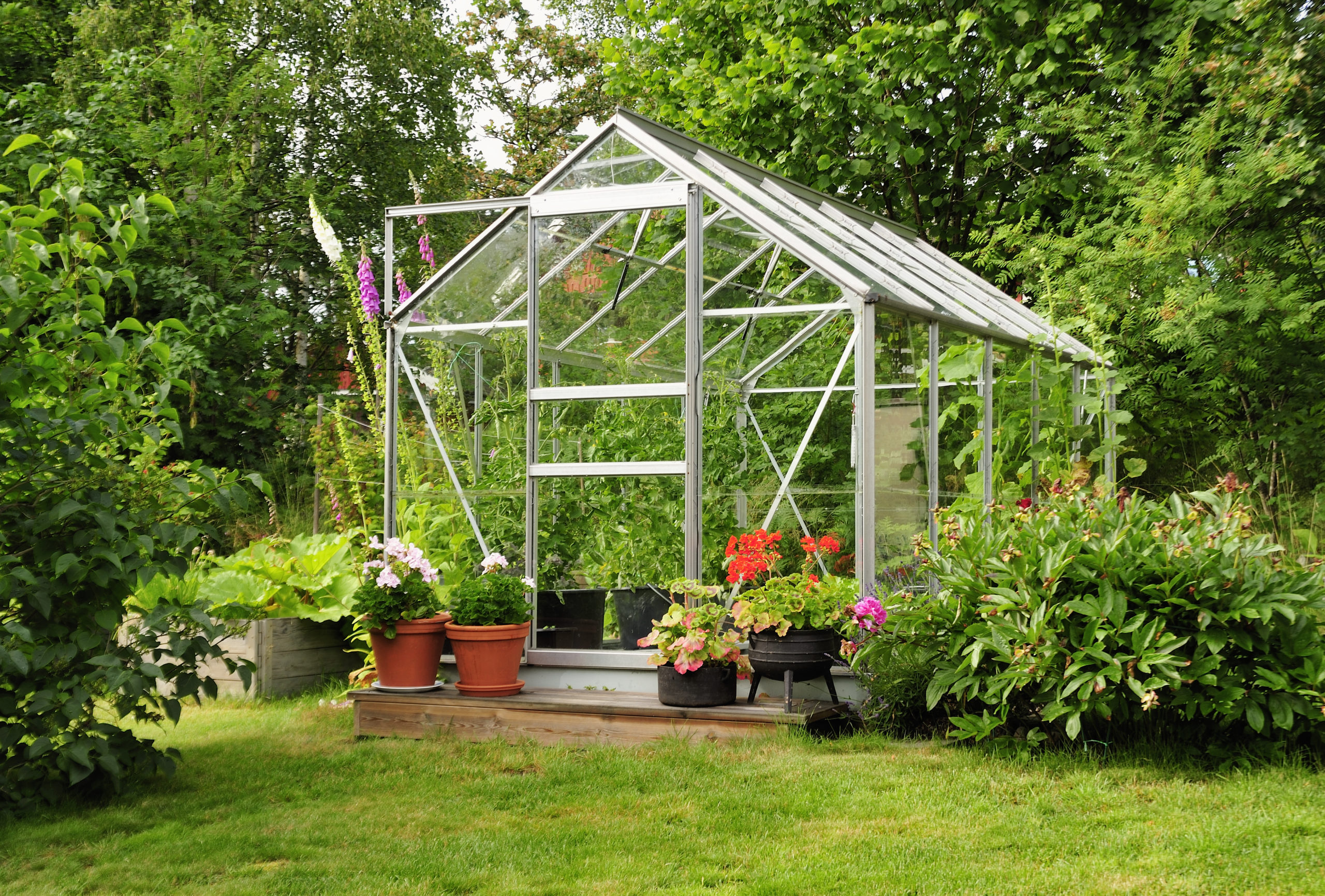

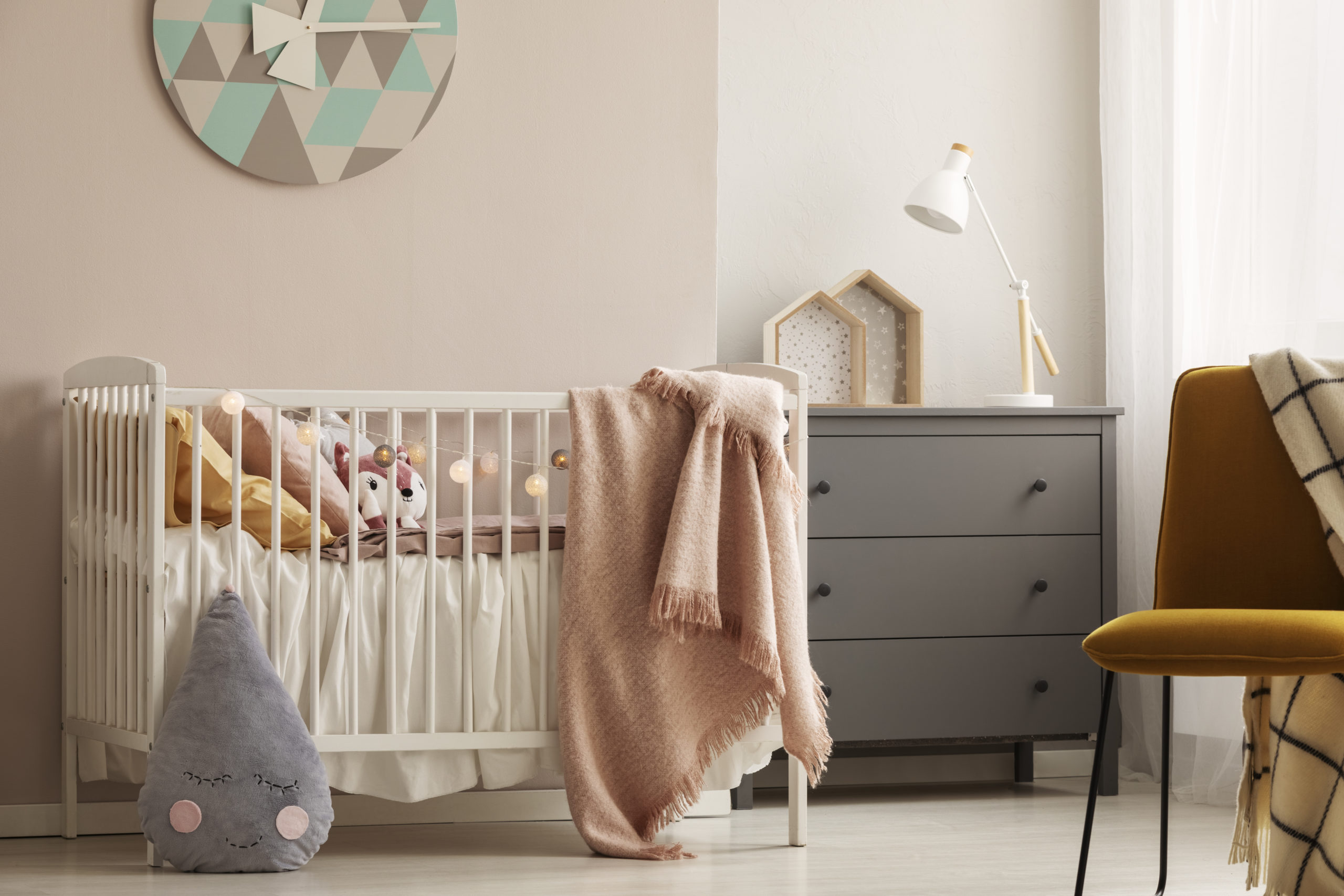
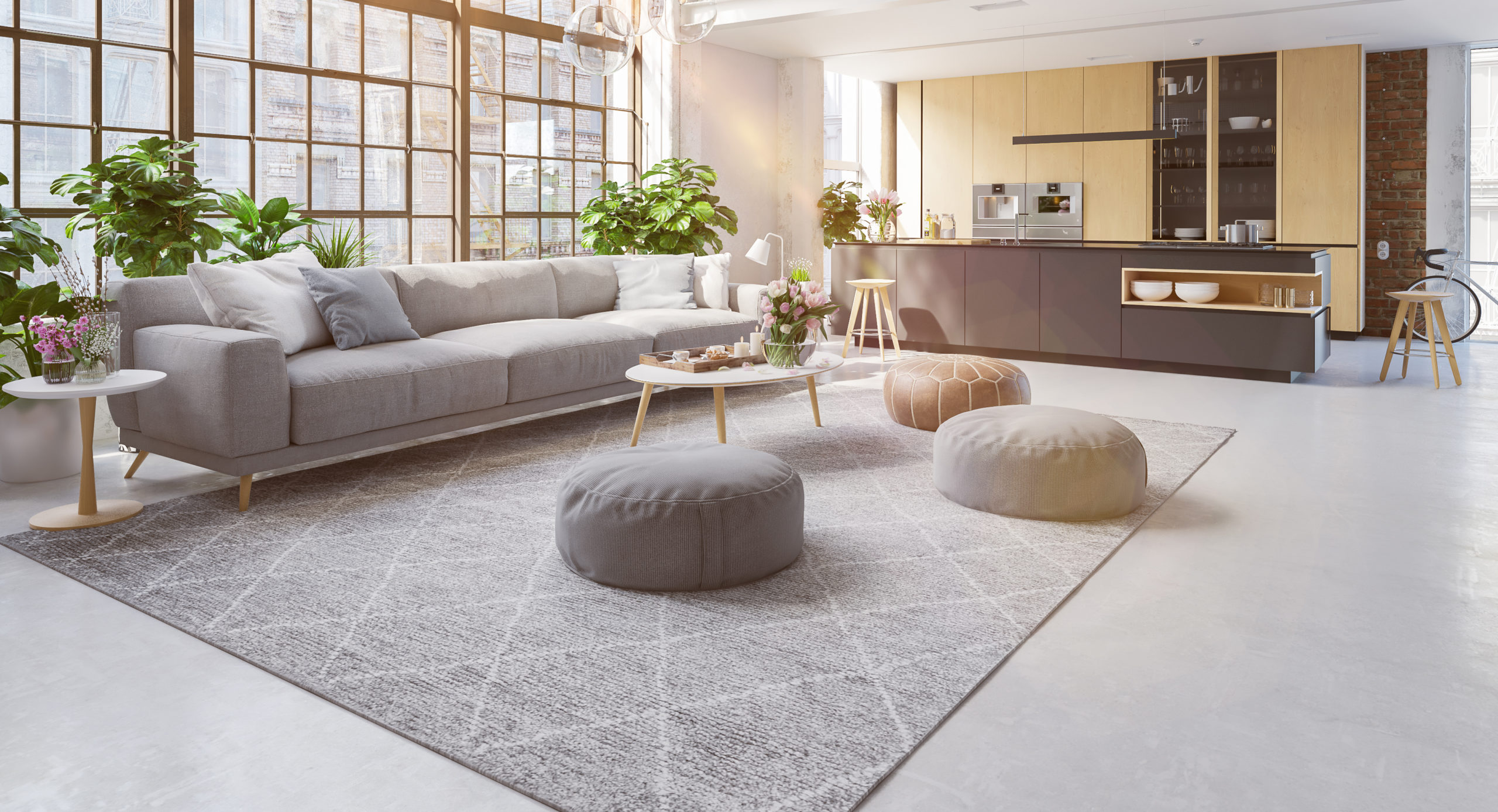
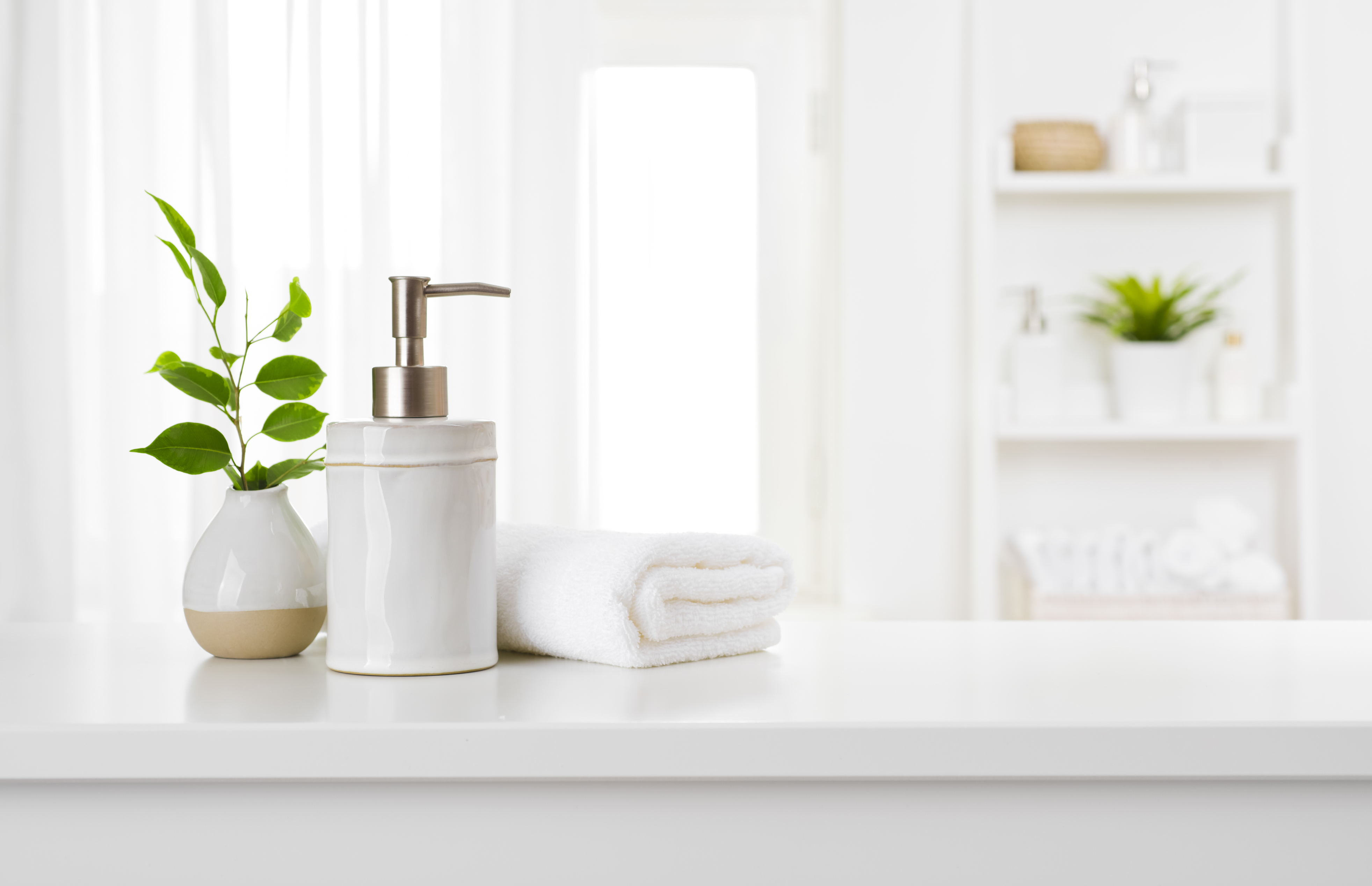


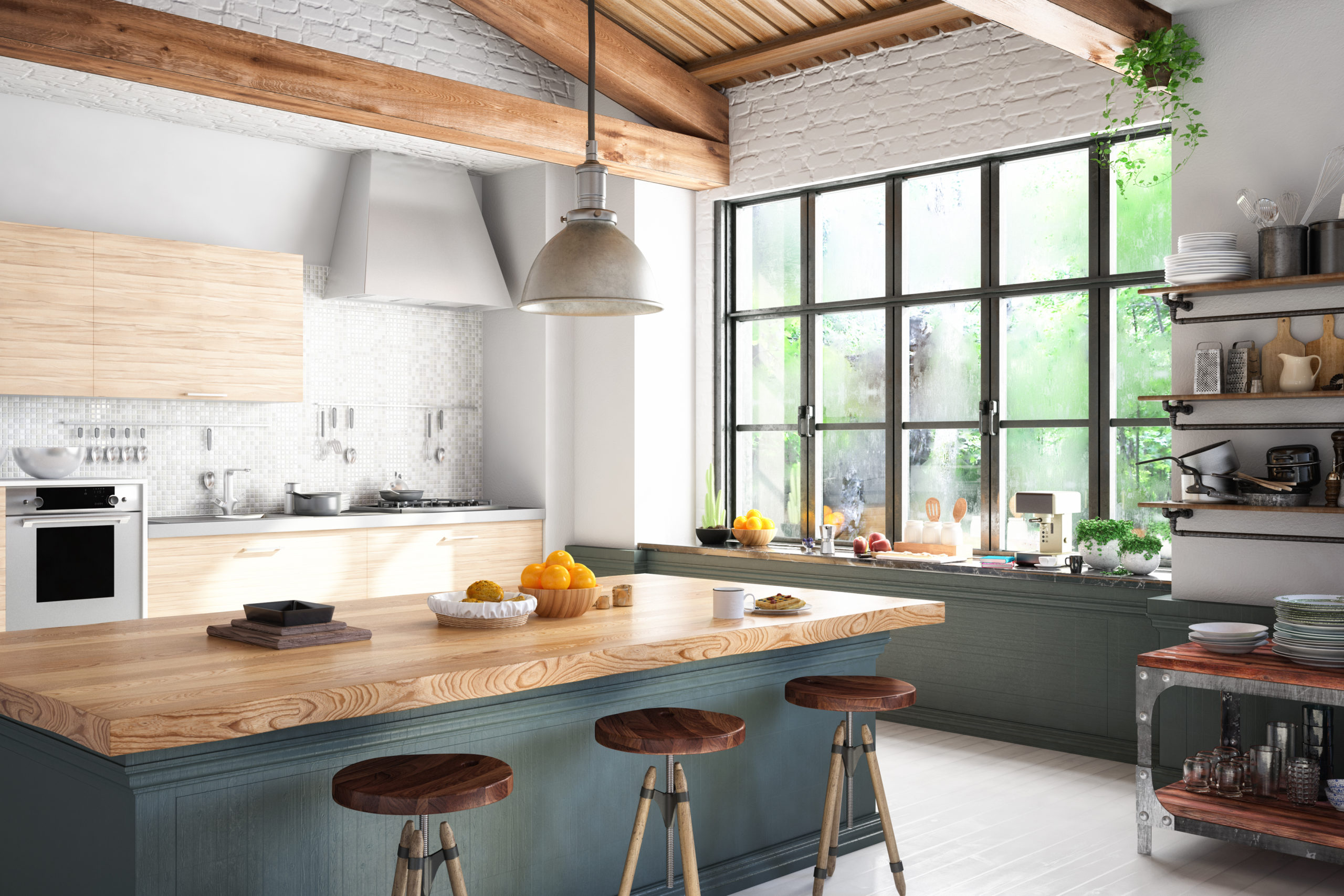
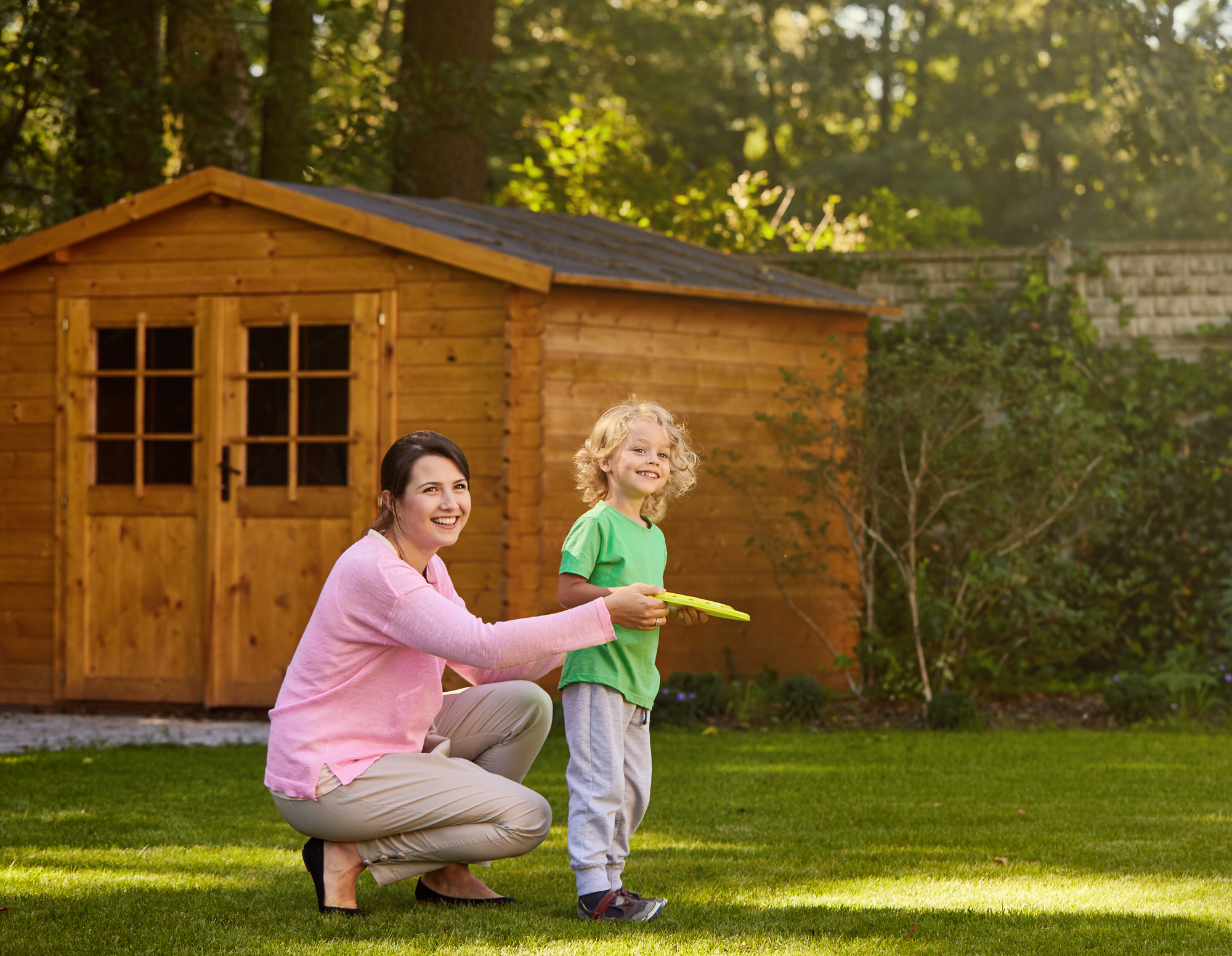






Share this article with your network!